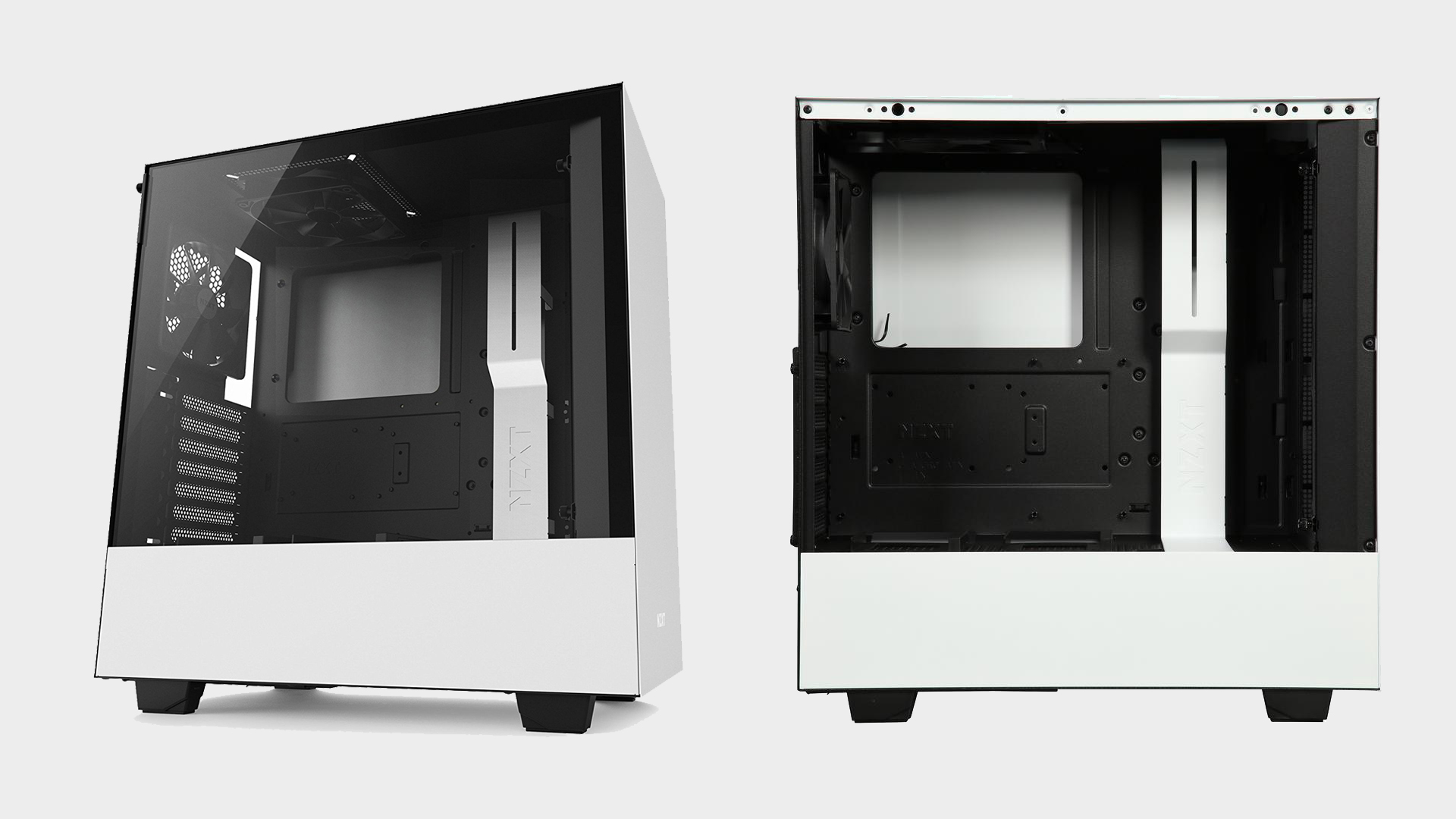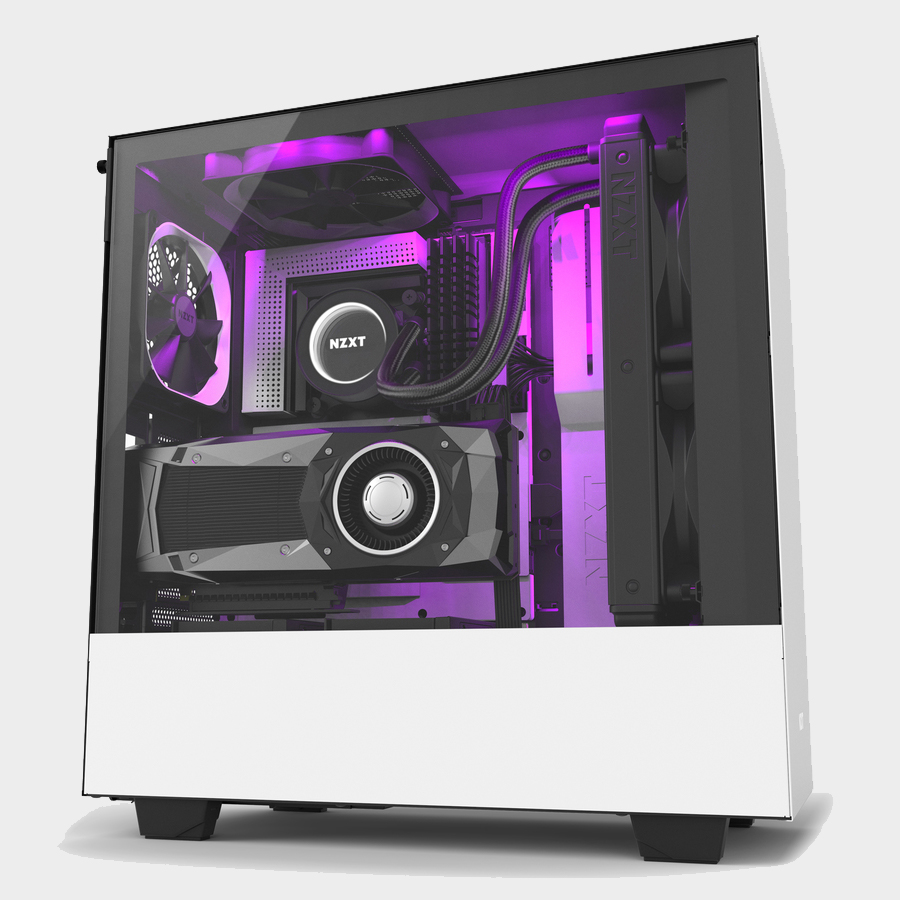NZXT H500 vs NZXT H500i: which case should you buy?
One case. Two versions.

NZXT's H-series line ranges from full-sized towers to mini-ITX cases, giving you a wide array of options when it comes to your next build. The H500 (and the H500i variant) is one of the best PC cases for many reasons.
Mid-towers are sized just right for either the top of your desk or under it. They're not as easily portable as mini ITX cases, but you can still move them around on your own without throwing out your back. There's also plenty of room to maneuver your hands and tools around the crammed spaces to tighten a screw or connect a cable.
But what's the difference between the H500 and the H500i? The short answer is not much when it comes to design and overall features, like NZXT's cable management system—but the H500i is geared toward the RGB lighting-obsessed and those who like to get creative with the orientation of their components.
NZXT H500
This NZXT staple is constructed from steel, with a tempered glass side panel, so you can show off what you've got under the hood. It supports mini-ITX, microATX, and ATX motherboards, and is 210mm X 460mm X 428mm, with feet. It's a lightweight case, coming in at 7 kg, sans components.
The H500 comes with two 120mm fans, one mounted to the back and the other at the top. There's plenty of clearance at the front for a 120mm, 140mm, 240mm, or 280mm AIO radiator, should you choose closed-loop liquid cooling for either your CPU or GPU. If you want to go all out with a reservoir and pump, there's up to a 180mm clearance along the cable bar and up to 86mm along the bottom panel.
If you don't like your PC to look like a kaleidoscope, then the H500 is a good option. It doesn't come with RGB track lighting along the inside of the case. However, that also means the case doesn't come with NZXT's CAM-powered Smart Device, which does more than control the lights.

NZXT H500i
The H500i is identical to the H500 in terms of materials, dimensions, weight, the supported motherboard sizes, etc., but it includes RGB lighting and a smart device to control the colors and fan speeds. There are three fan channels with a max 10W per channel output, and one RGB LED port that supports up to four lighting strips or five Aer RGB fans.
Additionally, the H500i case has two vertical mount GPU slots, although riser cards are not included with the case; NZXT recommends using a riser card with a 30cm length.
Keep up to date with the most important stories and the best deals, as picked by the PC Gamer team.
H500 vs H500i: Which one should you buy?
When not on sale, the H500 costs $76.99 and the H500i costs $109.99, according to NZXT's website. If you are indifferent about RGB lighting and want to stick to the smallest budget possible, of course go with the H500. However, if you like tinker with fan speeds, especially if you like your PC running a silently as possible, consider fronting the extra $33. But, there is other software out there that can do the same thing or if you know your way around your motherboard's BIOS, you can set the fan speeds in there. The CAM software just makes it user-friendly.
It's worth noting that if you opt for the H500, you can still install lighting on your own via RGB fans or an RGB lighting kit. However, going that route will probably end up costing more than the H500i once you add up the additional costs. If you're at all interested in an RGB build, we recommend going with the H500i.
Aesthetically, both models come in the same colors: white/black, black/red, black/blue, and all black, so you're getting the same color scheme with either. If you don't like those colors, NZXT does have an Overwatch-themed variant for $149.99.


